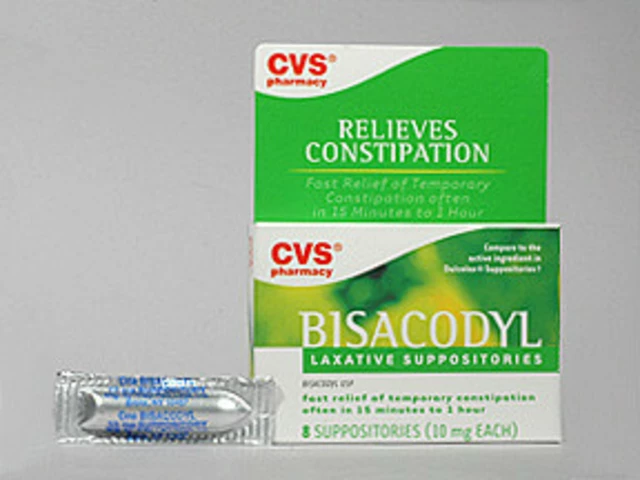Metoprolol: what it does and why people take it
Metoprolol is a beta-blocker many doctors prescribe for high blood pressure, fast heartbeats, angina, and some types of heart failure. It slows the heart down and lowers blood pressure, which reduces the heart’s workload. That simple effect can prevent hospital visits and improve symptoms like chest tightness and racing pulse.
There are two common forms: metoprolol tartrate (short-acting, usually twice a day) and metoprolol succinate (extended-release, once daily). Which one you get matters — don’t swap them without checking with your prescriber.
How to take metoprolol
Follow your doctor’s instructions exactly. Typical starting doses are around 25–100 mg twice daily for tartrate and 50–100 mg once daily for succinate, but your doctor will pick the right dose for you. Take it with food if it upsets your stomach and try to take it at the same time each day so you don’t miss doses.
Don’t stop metoprolol suddenly. Stopping quickly can trigger fast heart rate, chest pain, or even a heart attack in some people. If you need to stop, your doctor will lower the dose slowly over days or weeks.
Side effects, interactions, and safety tips
Common side effects include tiredness, dizziness, cold hands or feet, and slow pulse. If you feel very short of breath, have wheezing, or fainting spells, contact your doctor — those can be serious. Men may notice sexual side effects like reduced libido or difficulty getting an erection.
Watch for interactions: combining metoprolol with other blood-pressure or heart medicines (like certain calcium channel blockers or digoxin) can make your heart rate too slow. It can also mask low blood sugar symptoms in people with diabetes, so check glucose more often when starting or changing the dose.
If you have asthma or severe COPD, tell your doctor — metoprolol can tighten airways for some people. Also mention pregnancy, breastfeeding, and liver or kidney problems, because those situations may change how the drug is used.
Simple checks help you stay safe: measure blood pressure and pulse at home, keep a log, and bring it to appointments. If your resting pulse is under 50 beats per minute or you feel faint, contact your provider.
Buying metoprolol online? Always use a licensed pharmacy and expect to show a valid prescription. Avoid sites that sell prescription drugs without asking for one, and check for clear contact info, pharmacy registration, and secure payment. If a price looks too good to be true, it often is.
If you have questions about side effects, interactions, or switching between tartrate and succinate, ask your pharmacist or doctor. Small changes to dose time, monitoring, or combining medicines can make a big difference in how well metoprolol works for you.
Toprol, also known as metoprolol, is a common beta blocker prescribed for high blood pressure, heart issues, and even migraines. This article dives deep into how Toprol works, its benefits, possible side effects, and practical tips for living well while taking it. By understanding this medication better, patients and families can feel more confident managing health challenges. If you're starting Toprol or want to know if it's right for you, get honest answers—minus the confusing medical talk.
View Details

